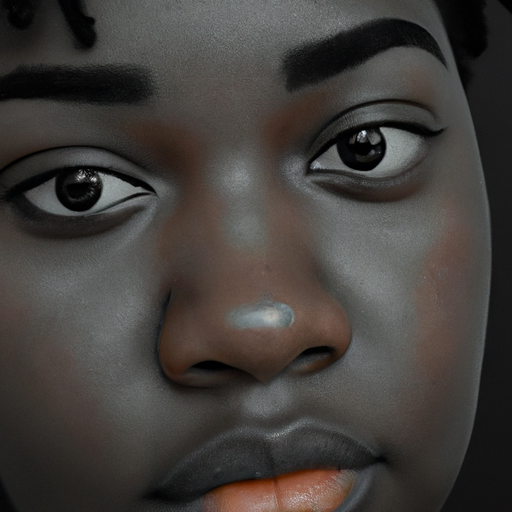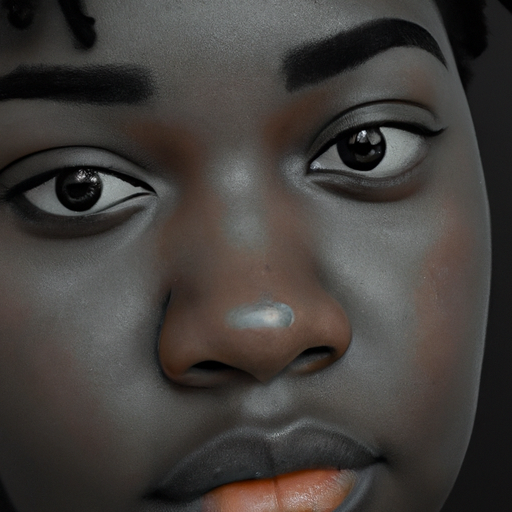As a medical professional, I am often asked about the best ways to maintain healthy skin. One of the most common misconceptions I encounter is the interchangeable use of the terms ‘hydrating’ and ‘moisturizing’. While they might seem synonymous, they serve different functions in skincare. Understanding the distinction between these two concepts is crucial for developing an effective skincare routine.
Hydration and moisturization both contribute to the health and vitality of your skin, but they do so in different ways. Let’s delve into these terms and unveil their secrets.
Hydrating refers to the process of infusing your cells with water. When your skin is well hydrated, it appears plump, flexible, and resilient. Hydrating products are designed to increase the water content of the skin. They work by attracting moisture to the skin and keeping it there. Ingredients that hydrate are known as humectants, which draw water from the atmosphere and from deeper layers of your skin to replenish the outer layer. Common humectants include ingredients like hyaluronic acid, glycerin, aloe vera, honey, and propylene glycol.
On the other hand, moisturizing aims to create a barrier on the surface of your skin that locks in moisture to prevent its loss. This not only keeps your skin feeling smooth and soft but also protects it from harmful environmental factors such as UV rays and pollutants. Moisturizers use ingredients known as emollients and occlusives. Emollients, such as squalene and ceramides, help smooth out rough and flaky skin by filling in gaps between skin cells. Occlusives, like petroleum jelly or lanolin, form a protective seal over your skin to prevent water loss.
So, how do you know whether your skin needs hydration or moisturization? It’s all about identifying your skin type and its current condition. If your skin feels tight or shows signs of flaking, it’s likely dehydrated and needs hydration. Conversely, if your skin feels rough but not necessarily tight or flaky, it’s probably dry and requires moisturization.
However, it’s important to note that these conditions are not mutually exclusive. Your skin can be dehydrated and dry at the same time. In fact, without proper hydration, your skin can become dry, and without adequate moisturization, your skin can lose its hydration quickly. Therefore, a balanced skincare routine should include both hydrating and moisturizing products.
In terms of when to apply these products, hydration should come first because it’s about infusing water into your skin cells. After you’ve hydrated your skin, you can then apply a moisturizer to lock in that moisture and protect your skin.
In conclusion, while hydrating and moisturizing may seem similar, they serve different purposes in skincare. Hydrating is about replenishing water content in the skin cells, making them appear plump and vibrant, while moisturizing is about sealing this moisture within the skin and protecting it from external factors. Understanding this difference is key to maintaining healthy, glowing skin. As always, if you’re unsure about what your skin needs, consult with a dermatologist or skincare professional who can provide personalized advice based on your skin type and condition.




